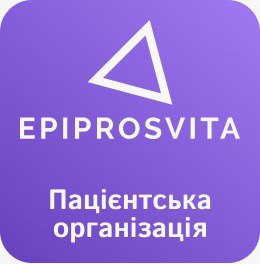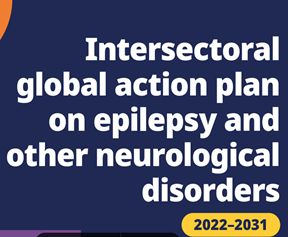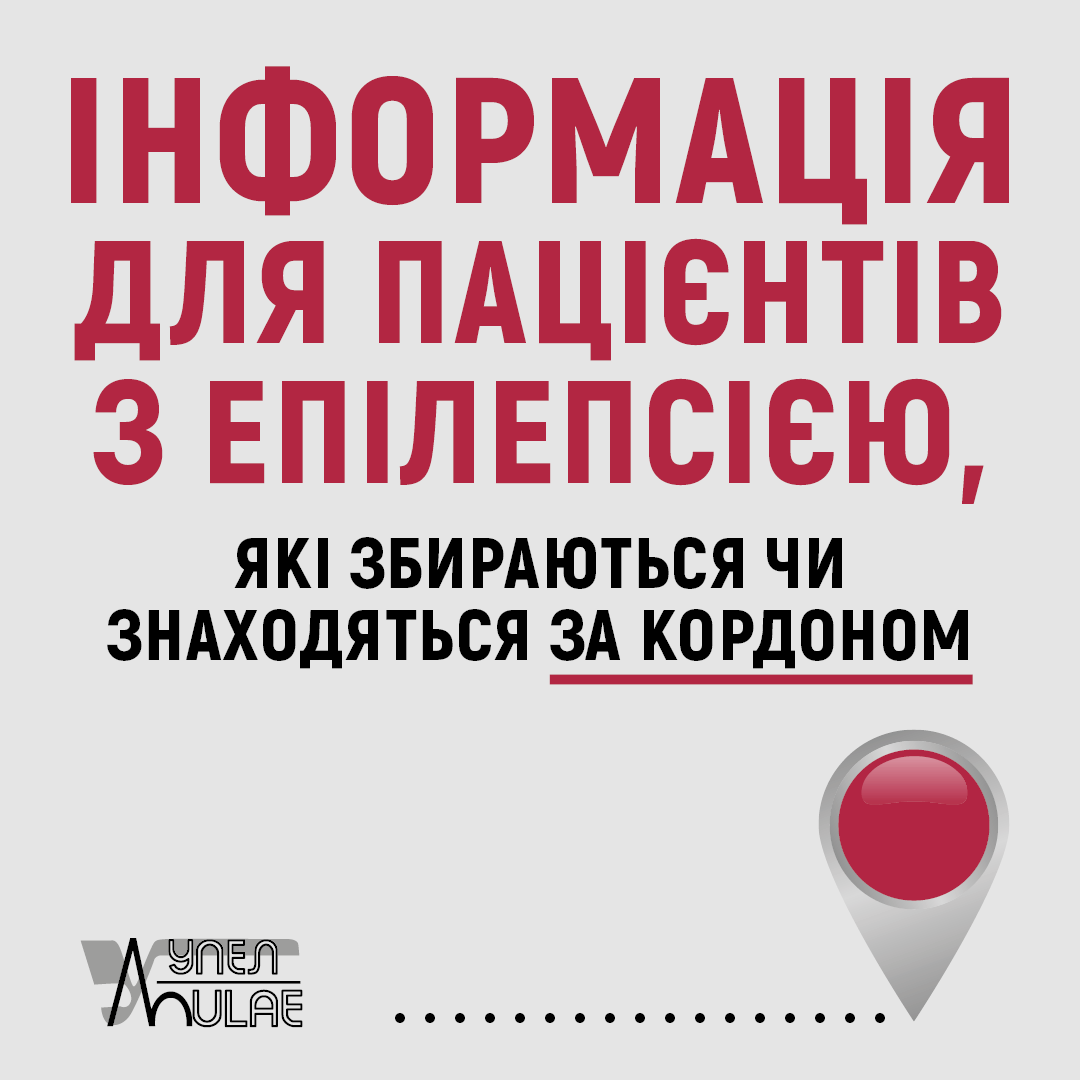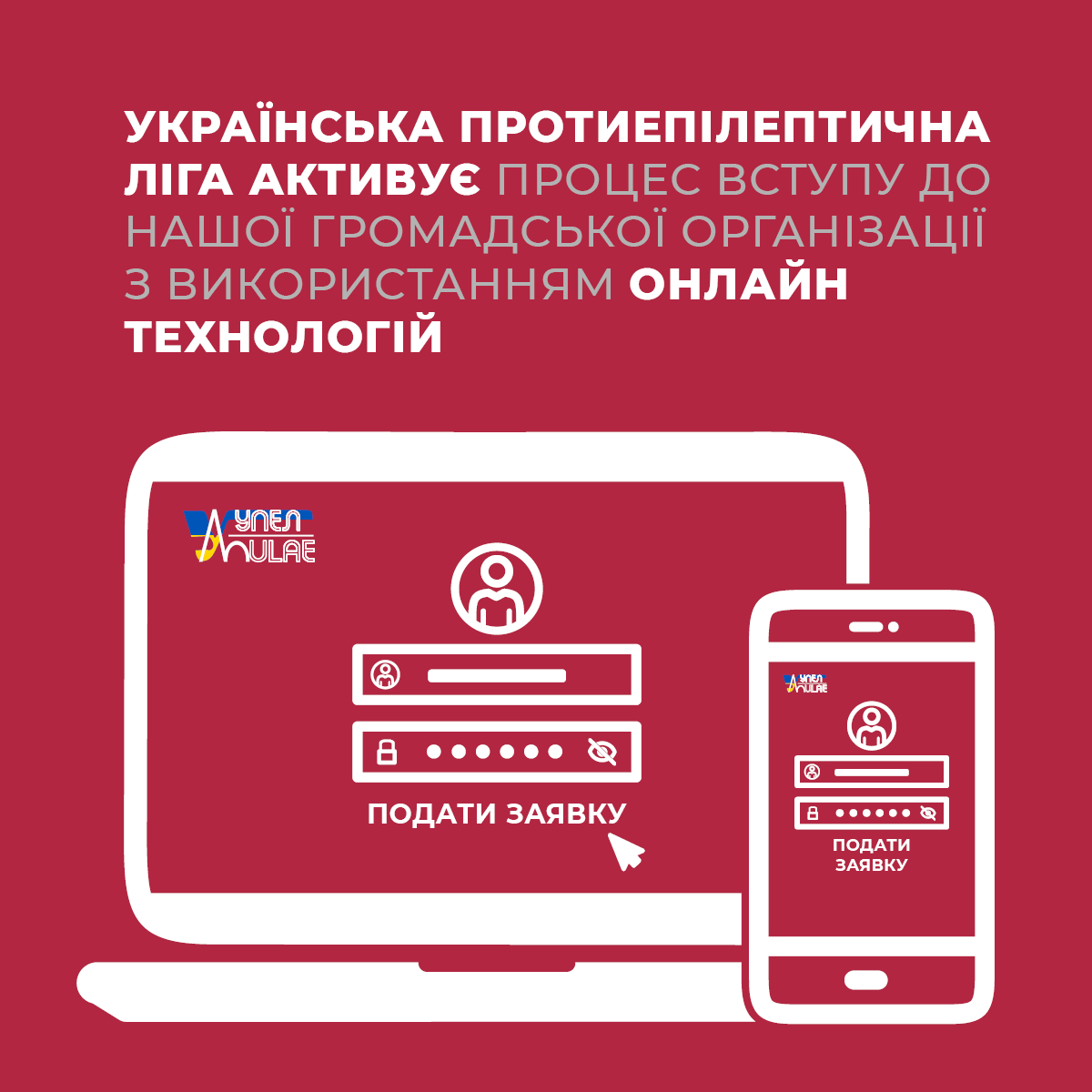from India”
Health educators often highlight the message that epilepsy is a disease that can affect anyone around the world. This message may be communicated with the best of intentions – for instance in the hope that it will reduce the significant stigma associated with epilepsy – a problem which can be more disabling than the seizures themselves (1). However, what this message fails to highlight is that epilepsy is not evenly distributed among the rich and the poor – neither globally nor in individual countries. Of the 60 million people with epilepsy worldwide, 80% live in lower or middle income countries (LMICs). Although two thirds of all presentations of epilepsy should be “controllable” with optimal antiepileptic drugs treatment, almost three quarters of individuals living in rural regions of LMICs receive inadequate or no antiepileptic drug treatment at all (2).
In the face of the social, economic and medical challenges reflected by these basic facts, many of the scientific debates about the relative pros and cons of one advanced epilepsy treatment over another that are conducted in scientific journals like Seizure seem somewhat less relevant. Of course, progress at the cutting edge of medical science is still urgently needed and should not be disparaged. However, we must not lose sight of problems like the massive epilepsy treatment gap (the difference between those with a diagnosis of epilepsy and those receiving treatment for it) – especially as means of tackling some of these problems are within our grasp.
My Editor’s Choice from the current issue of Seizure is an article by Chintan Prajapati et al. describing one low cost means of reducing the treatment gap (3). In their article, the authors describe the outcome of single therapeutic encounters between individuals with epilepsy living in rural districts of India and clinicians making diagnoses and providing treatment advice in epilepsy outpatient clinics on the “Lifeline Express” (LLE). The LLE is a train service run by the Impact India Foundation, an Indian non-governmental organisation, which takes medical specialists to the most inaccessible Indian communities (4). This service does not just deal with epilepsy but with a wide range of medical disorders. One thing it cannot offer is regular follow-up. The vast majority of the patients seen will only receive treatment advice on one occasion, and then have to find ways of following this advice without further support from the experts they have met on the LLE. The study shows that, in comparison with patients with epilepsy seen (and followed up) by some of the LLE doctors at AIIMS, a national specialist neurology centre in New Delhi, the outcome of those who received advice on the LLE is worse: at least two years after the initial contact 72% of the LLE versus 87% of the AIIMS patients were still taking antiepileptic drugs, 22% versus 6% had discontinued medication against medical advice and 7.5% versus 2.8% had died. However, more importantly, the single contact with an expert on the LLE had reduced the epilepsy treatment gap from 49% at first contact to 22% at follow up. Of course there is so much more to do – but facilitating a single contact with an epilepsy expert may be a good way to start!
.
References:
1) Jacoby A, Snape D, Baker G. Epilepsy and social identity: the stigma of a chronic disorder. Lancet Neurology. 2005;4,171-78.
2) Espinosa-Jovel C, Toledano R, Aledo-Serrano Á, García-Morales I, Gil-Nagel
A. Epidemiological profile of epilepsy in low income populations. Seizure
2018; 56: 67–72.
3) Prajapati C, Bhushan Singh M, Padma Srivastava MV, Sreenivas V,
Goyal V, Shukla G, Vishnu VY, Gursahani R, Patterson V,
Bajpai S, Jain P. Comparing long-term outcomes of epilepsy patients from a single-visit outreach clinic with a conventional epilepsy clinic: A cross-sectional observational study from India. Seizure 2019; 67: 5-10
4) Impact India Foundation - NGO in India: An International Initiative Against
Avoidable Disablement. Available from: https://www.impactindia.org/lifelineexpress.
php#content-start
Seizure 2019, том 67, Вибір редактора:
«Порівняння довгострокових результатів пацієнтів з епілепсією з одноразової виїзної клініки з результатами в звичайних клініках епілепсії: поперечне спостережне дослідження з Індії»
Медичні працівники часто підкреслюють, що епілепсія – це хвороба, яка може торкнутися будь-якої людини в усьому світі. Це повідомлення може бути передано з найкращими намірами – наприклад, в надії, що воно зменшить значну стигматизацію, пов'язану з епілепсією – проблемою, яка може бути більш інвалідизуючою, ніж самі напади (1). Однак у цьому повідомленні підкреслюється, що епілепсія нерівномірно розподіляється серед багатих і бідних – ні в глобальному масштабі, ні в окремих країнах. З 60 мільйонів людей з епілепсією в усьому світі 80% живуть у країнах з низьким або середнім рівнем доходу (НСРД). Хоча в двох третинах всіх пацієнтів прояви епілепсії повинні бути "контрольованими" при оптимальному лікуванні антиепілептичними препаратами (відсутність нападів та інших симптомів епілепсії), майже три чверті осіб, які проживають у сільських районах країн з НСРД, отримують неадекватне або взагалі не отримують антиепілептичного лікування (2).
Перед обличчям соціальних, економічних і медичних проблем, відображених цими основними фактами, багато наукових дебатів, які проводяться в наукових журналах, таких як Seizure, про відносні плюси та того чи іншого запропонованого метода лікування епілепсії над іншим здаються дещо менш актуальними. Звичайно, прогрес на передньому краї медичної науки, як і раніше, гостро необхідний і його не слід зневажати. Однак ми не повинні випустити з уваги такі проблеми, як масивний «епілептичний терапевтичний провал» (різниця між тими, хто має діагноз епілепсія і тими, хто отримує лікування від неї) – особливо з урахуванням того, що засоби вирішення деяких з цих проблем знаходяться в межах нашої досяжності.
Мій вибір редактора з поточного номеру "Seizure" – це стаття Chintan Prajapati з співавторами – опис одного недорогого засобу скорочення розриву в лікуванні («епілептичного терапевтичного провалУ» (3). У своїй статті автори описують результат одноразових терапевтичних зустрічей (консультацій) між людьми з епілепсією, що живуть у сільських районах Індії, і клініцистами, які ставлять діагнози і надають консультації з лікування в амбулаторних клініках епілепсії на "Lifeline Express" (LLE). LLE-це служба, яка використовує залізничне сполучення, керується Індійським недержавним об'єднанням Impact India Foundation та залучає медичних фахівців до найбільш віддалених недоступних індійських місцевостей (4). Ця служба стосується консультує пацієнтів з приводу широкого спектру захворювань, а не тільки епілепсії. Єдина річ, яку вона не може запропонувати, - це регулярне спостереження. Переважна більшість пацієнтів отримають консультацію по лікуванню лише один раз, а потім повинні знайти способи слідувати цій пораді без додаткової підтримки з боку експертів, з якими вони зустрічалися на LLE. Дослідження показує, що порівняно з пацієнтами з епілепсією, яких бачили (і спостерігали) деякі лікарі LLE в AIIMS, (Національному спеціалізованому неврологічному центрі в Нью-Делі), результат тих, хто отримав консультацію з LLE, гірше: принаймні через два роки після первинного контакту 72% LLE проти 87% пацієнтів AIIMS все ще приймали протиепілептичні препарати, 22% проти 6% самостійно припинили лікування медичної консультації і 7,5% проти 2,8% померли. Однак, що більш важливо, один контакт з експертом LLE скоротив розрив в лікуванні епілепсії з 49% при першому контакті до 22% при подальшому. Звичайно, є ще багато чого зробити – але організація навіть одного консультування фахівцем з епілепсії може бути хорошим способом почати!
References:
1) Jacoby A, Snape D, Baker G. Epilepsy and social identity: the stigma of a chronic disorder. Lancet Neurology. 2005;4,171-78.
2) Espinosa-Jovel C, Toledano R, Aledo-Serrano Á, García-Morales I, Gil-Nagel A. Epidemiological profile of epilepsy in low income populations. Seizure 2018; 56: 67–72.
3) Prajapati C, Bhushan Singh M, Padma Srivastava MV, Sreenivas V, Goyal V, Shukla G, Vishnu VY, Gursahani R, Patterson V, Bajpai S, Jain P. Comparing long-term outcomes of epilepsy patients from a single-visit outreach clinic with a conventional epilepsy clinic: A cross-sectional observational study from India. Seizure 2019; 67: 5-10
4) Impact India Foundation - NGO in India: An International Initiative Against Avoidable Disablement. Available from: https://www.impactindia.org/lifelineexpress.
php#content-start





